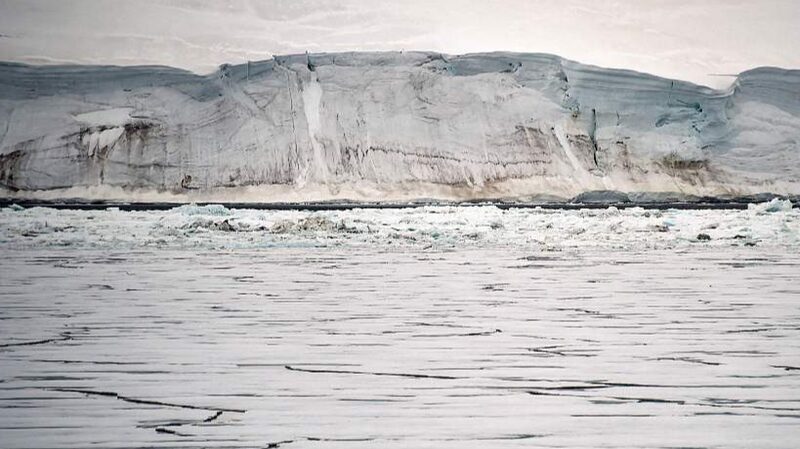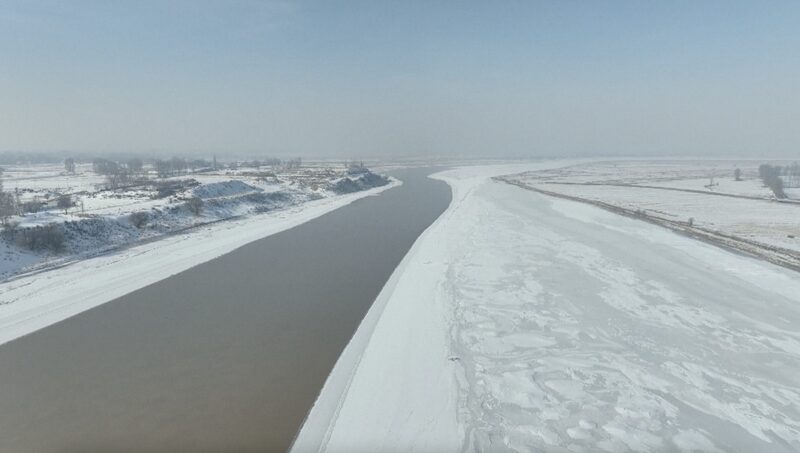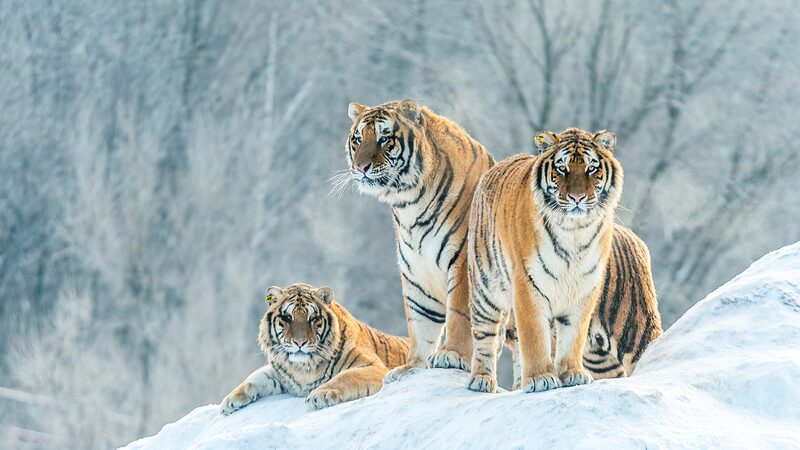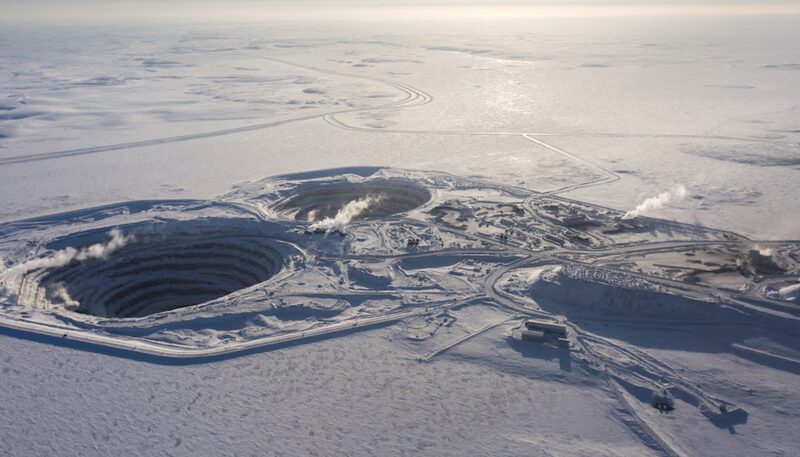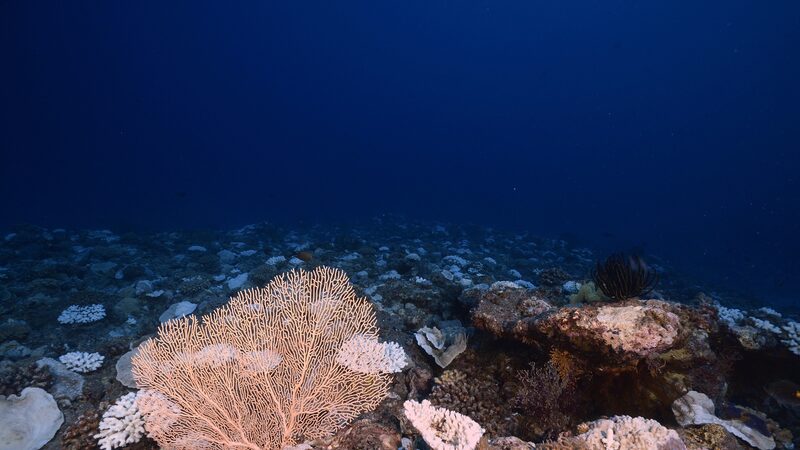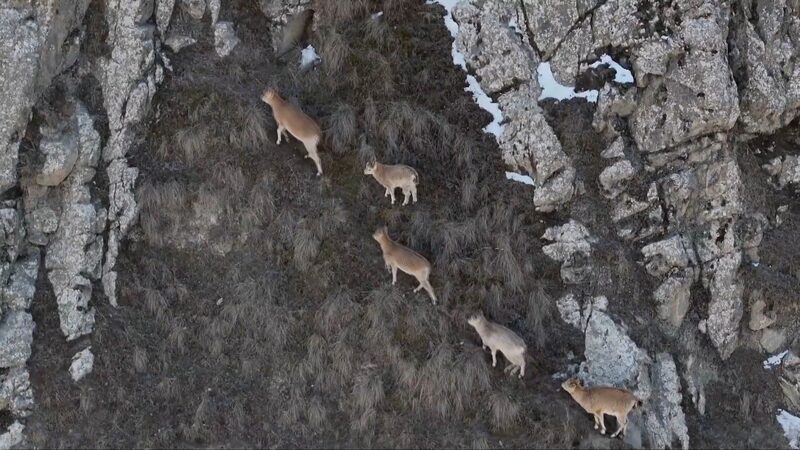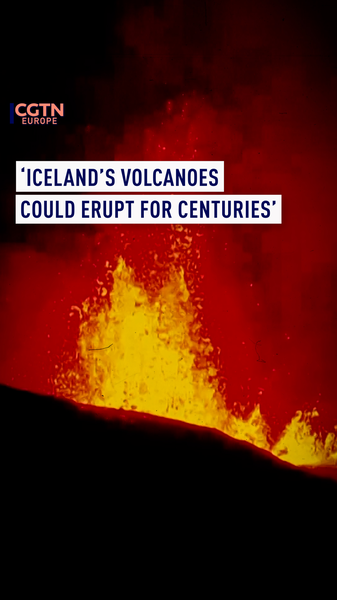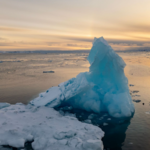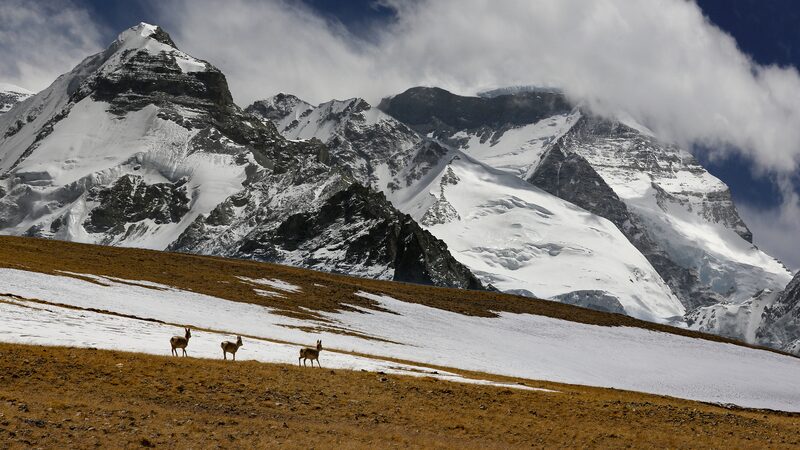The idea of ancient viruses reawakening from the depths of the Arctic permafrost may sound like the plot of a science fiction novel, but scientists warn it could become a real threat as global temperatures rise. As the Earth’s climate warms, layers of permafrost—frozen ground that has remained solid for thousands of years—are thawing, potentially releasing dormant microbes and viruses that have been locked away for millennia.
In 2014, researchers in France unearthed strains of 30,000-year-old viruses from Siberian permafrost. These “zombie viruses,” as they are sometimes called, were found 100 feet beneath the frozen surface. Remarkably, once thawed, the microbes became infectious again, though they posed no threat to humans or animals. However, the discovery has raised concerns about what other pathogens might be released as ice melts.
“The melting of the permafrost is exposing organic matter that has been frozen for hundreds of thousands of years, including bacteria and viruses that can become active again,” explained Dr. Jean-Michel Claverie, a professor of genomics at Aix-Marseille University who led the study. “We must be cautious and monitor these changes closely.”
The potential risks are not limited to remote Arctic regions. The release of ancient pathogens could have global implications, particularly if they are capable of causing diseases for which modern humans have no immunity. The possibility of a novel pandemic emerging from the thawing ice is a concern that scientists are taking seriously.
In response to these threats, international efforts are underway to establish an Arctic monitoring network. This network aims to detect and isolate any ancient viruses that might emerge from the permafrost, preventing them from spreading among human populations. Collaboration among scientists, governments, and indigenous communities is crucial to addressing this complex issue.
Climate change’s impact on the Arctic is multifaceted, affecting not only the release of ancient microbes but also the region’s ecosystems, wildlife, and indigenous peoples. The situation underscores the interconnectedness of global environmental challenges and the importance of proactive measures.
“Understanding what lies beneath the permafrost is essential,” said Dr. Sarah Johnson, a climate scientist based in Asia who has been studying permafrost thaw. “We need to invest in research and monitoring while also addressing the root causes of climate change.”
For business professionals and investors, the implications of permafrost melt extend to infrastructure and economic activities in Arctic regions. Melting ground can destabilize buildings, roads, and pipelines, leading to substantial financial costs. Sustainable development strategies are needed to mitigate these risks.
Academics and researchers are calling for interdisciplinary approaches to study the potential health risks and environmental impacts. The Asian scientific community is actively participating in Arctic research programs, highlighting the global significance of these developments.
For the global audience and the Asian diaspora, staying informed about these emerging issues is vital. The potential re-emergence of ancient viruses is a stark reminder of the broader consequences of climate change and the need for collective action to safeguard our planet’s future.
Reference(s):
Could 'Arctic zombie viruses' inflict deadly new pandemic on humanity?
cgtn.com
